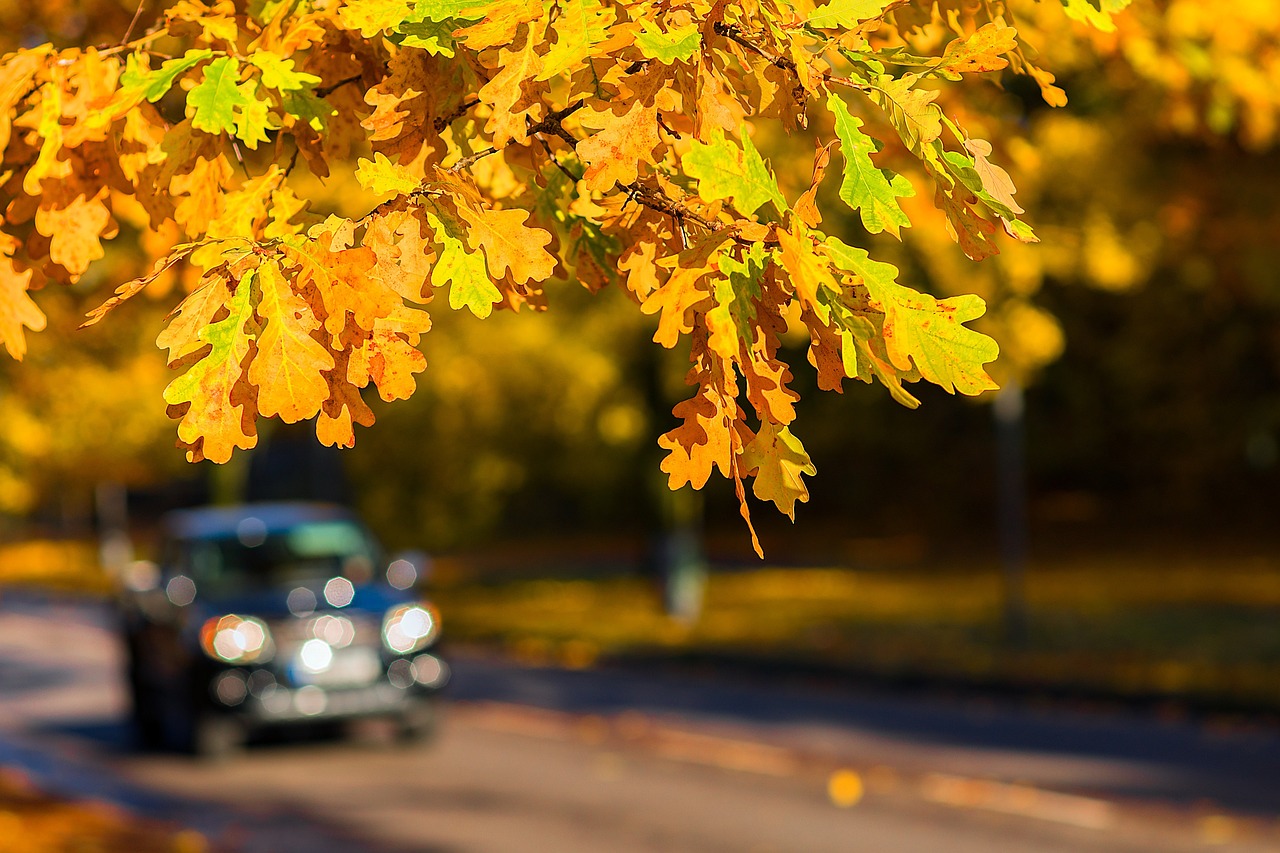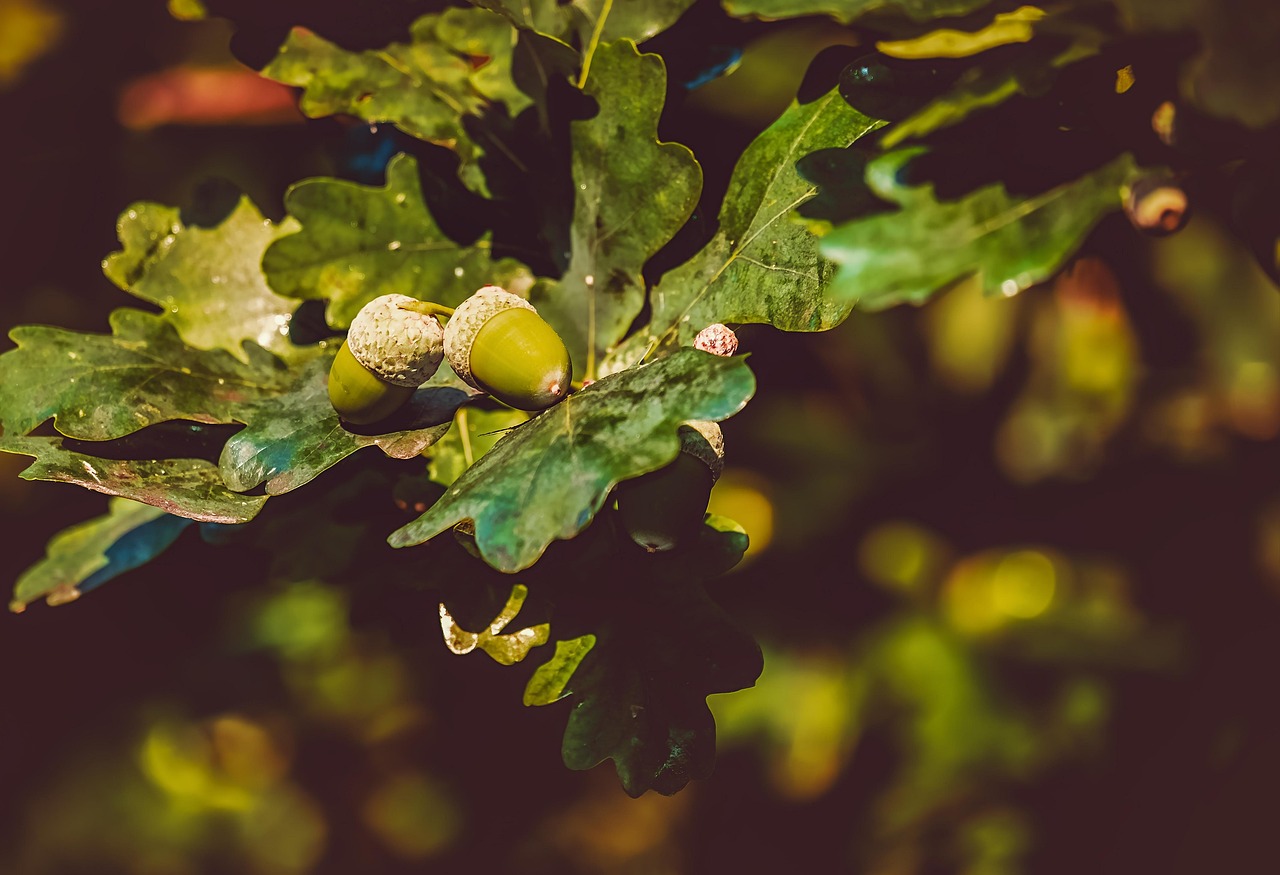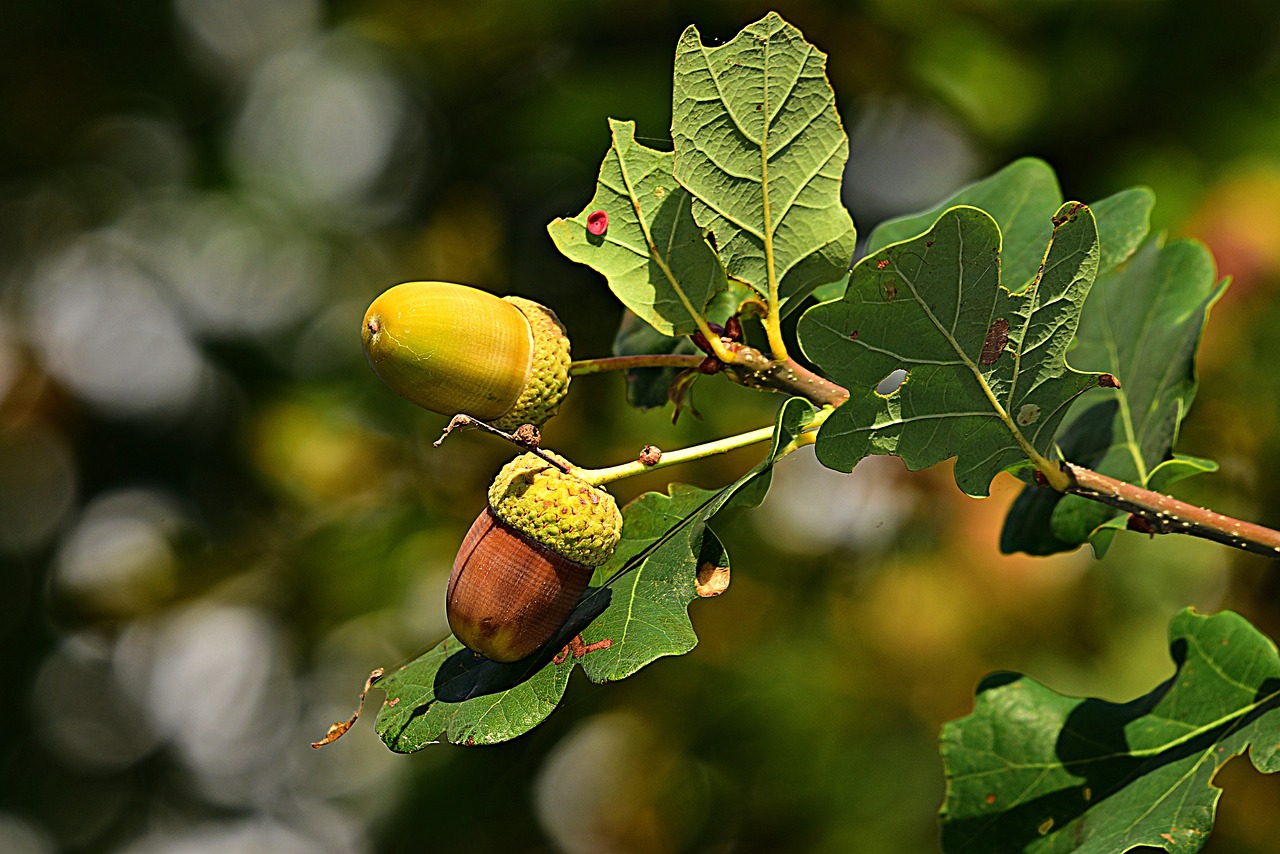To revive a sick oak tree, diagnose the specific issue affecting its health. Common problems include pest infestations, fungal infections, nutrient deficiencies, and environmental stressors. Treatments may involve proper pruning, pest control, fertilization, or improving soil conditions to restore vitality.
Oak trees are majestic giants that grace landscapes in many regions. They provide shade, improve air quality, and support diverse wildlife. However, like all living organisms, oak trees can fall ill. Recognizing the signs of distress early is critical for effective treatment. Understanding the common ailments that affect oak trees and their potential remedies can help you restore your tree to health.
Healthy oak trees display vibrant green leaves, robust growth, and a sturdy trunk. When these indicators decline, it may signal underlying issues. Environmental factors such as drought, excessive rainfall, or poor soil quality can contribute to a tree’s deterioration. Additionally, pests and diseases pose significant threats that can compromise an oak’s well-being.
Common Signs of a Sick Oak Tree

Identifying a sick oak tree requires keen observation. Here are some common signs that indicate your oak may need attention:
- Discolored leaves: Yellowing or browning leaves can indicate stress or nutrient deficiencies.
- Leaf drop: Early leaf drop, especially in summer, can signal problems.
- Wilting: Leaves that appear droopy or wilted may suggest water stress.
- Bark damage: Cracks or peeling bark can expose the tree to pests and diseases.
- Unusual growths: Galls or fungal structures on leaves or branches may indicate infestations.
If you notice any of these symptoms, it is essential to diagnose the problem accurately. A thorough examination of the tree can reveal clues about its condition and necessary interventions.
Diagnosing Issues in Oak Trees
Diagnosing a sick oak tree involves examining various factors. Consider the following diagnostic steps:
- Visual Inspection: Start with a close look at the trunk, branches, and leaves. Note any discoloration, unusual growths, or signs of pests.
- Soil Testing: Check the soil quality around the tree. Nutrient deficiencies can often be detected through soil tests.
- Pest Examination: Identify any visible pests. Common pests include oak borers and aphids, which can cause significant harm.
- Disease Identification: Look for signs of fungal infections such as powdery mildew or root rot, which may require specific treatments.
Treatment Options for Sick Oak Trees
Once you have diagnosed the issue affecting your oak tree, consider appropriate treatment options. The treatment will depend on the specific problem identified:
- Pest Control: For insect infestations, applying insecticides or introducing beneficial insects can help control the population.
- Fungal Treatments: Fungal infections may require fungicides or other chemical treatments to restore health.
- Soil Amendments: If nutrient deficiencies are present, adding fertilizers or organic matter can improve soil health.
- Water Management: Ensure the tree receives adequate moisture but avoid overwatering to prevent root rot.
Regular maintenance is also crucial in preventing future issues. Pruning dead or infected branches can promote healthy growth and improve airflow within the canopy. Additionally, ensuring that the tree has adequate space and resources will support its resilience against environmental stresses.
Caring for oak trees is not just beneficial for the trees themselves but also for the ecosystems they support. By taking proactive measures, you can help ensure these beautiful trees thrive for generations to come.
Preventative Measures for Oak Tree Health
While diagnosing and treating a sick oak tree is essential, prevention is equally crucial. Taking proactive steps can help ensure your oak remains healthy and resilient against diseases and pests. Here are some effective preventative measures you can implement:
- Regular Inspections: Periodically check your oak tree for any signs of distress or damage. Early detection of issues can lead to more effective treatment.
- Proper Watering: Ensure your oak tree receives consistent moisture, especially during dry spells. Deep watering is preferable, allowing roots to access water more effectively.
- Mulching: Applying a layer of mulch around the base of the tree can help retain soil moisture, suppress weeds, and maintain even soil temperature.
- Fertilization: Conduct a soil test to determine nutrient needs. Fertilizing with the appropriate nutrients will support healthy growth and strengthen the tree’s defenses.
- Pruning: Regularly prune dead or diseased branches to promote airflow and reduce the risk of fungal infections.
Understanding Common Pests and Their Control
Pests can be detrimental to the health of oak trees. Recognizing common pests and their signs is crucial for timely intervention. Below are some prevalent pests that affect oak trees:
| Pest | Signs of Infestation | Treatment Options |
|---|---|---|
| Oak Borer | Exit holes in bark, wilting leaves, and branch dieback. | Insecticides or beneficial nematodes can be effective. |
| Aphids | Sticky residue on leaves, curled leaves, and presence of ants. | Insecticidal soap or natural predators like ladybugs. |
| Gypsy Moth Caterpillars | Defoliation, particularly in spring; webs or nests in branches. | Bacillus thuringiensis (Bt) or removing nests by hand. |
Control methods should be tailored to the specific pest affecting your oak tree. Integrated Pest Management (IPM) approaches often yield the best results by combining multiple strategies for pest control.
Disease Management Strategies

Diseases can significantly impair the health of oak trees. Understanding common oak diseases and implementing management strategies is vital. Here are several common diseases that affect oak trees:
- Oak Wilt: A fungal disease that causes rapid leaf drop and tree decline. Management includes removing infected trees and avoiding pruning in spring when the beetles are active.
- Powdery Mildew: This fungal disease appears as white powdery spots on leaves. Improve airflow through pruning and use fungicides if necessary.
- Root Rot: Caused by various fungi in wet soils. Preventative measures include proper drainage and avoiding overwatering.
It is essential to monitor your oak tree for any signs of disease regularly. Early identification and intervention can help prevent spread and further damage. When treating diseases, always follow label instructions for any chemicals used to protect both the tree and surrounding ecosystem.
The Role of Soil Health
Soil health plays a critical role in the overall vitality of an oak tree. Healthy soil provides essential nutrients, retains moisture, and supports beneficial microorganisms. Here are some key aspects to consider regarding soil health:
- Nutrient Balance: Conduct regular soil tests to identify nutrient deficiencies. Amend your soil accordingly to achieve a balanced nutrient profile.
- Organic Matter: Incorporate organic matter such as compost to improve soil structure and fertility. This enhances water retention and promotes healthy microbial activity.
- pH Levels: Oak trees prefer slightly acidic to neutral soil (pH 6.0-7.0). Adjust soil pH if necessary using lime to raise pH or sulfur to lower it.
By focusing on soil health, you create a supportive environment for your oak tree’s roots, enhancing its ability to thrive despite environmental stresses.

Seasonal Care for Oak Trees
Providing seasonal care is vital for maintaining the health of your oak tree. Different seasons bring unique challenges and opportunities for tree care. Understanding what your oak needs throughout the year can help you take the right steps to support its growth and resilience.
Spring Care
Spring is a crucial time for oak trees as they emerge from winter dormancy. Here are some key activities to consider during this season:
- Inspect for Damage: After the winter months, check for any damage caused by snow or ice. Look for broken branches or bark injuries that may require pruning.
- Fertilization: Apply a balanced fertilizer in early spring to provide necessary nutrients as the tree begins to grow.
- Watering: Ensure adequate moisture, especially if spring is dry. Deep watering helps roots absorb water effectively.
- Pest Monitoring: Watch for early signs of pests like aphids or caterpillars, which can be more active in spring.
Summer Care
Summer can be stressful for oak trees due to heat and potential drought conditions. Proper care during this season is essential:
- Mulching: Apply mulch around the base of the tree to retain moisture and regulate soil temperature. This also helps suppress weeds.
- Watering Schedule: If rainfall is insufficient, establish a consistent watering routine, focusing on deep watering to encourage root growth.
- Pest Control: Continue monitoring for pests, especially as they can proliferate in warmer temperatures. Use organic treatments when necessary.
Fall Care
As autumn approaches, oak trees prepare for dormancy. This season is vital for supporting healthy growth in the following year:
- Leaf Cleanup: Rake and remove fallen leaves to prevent fungal diseases from overwintering in debris.
- Soil Testing: Conduct a soil test to assess nutrient levels and pH. This will help you plan for spring fertilization.
- Pruning: Fall is an excellent time to prune dead or diseased branches, promoting better airflow and reducing disease risk.
winter Care
Winter presents unique challenges as oak trees go dormant. Despite this, there are still important measures to take:
- Protecting Bark: Wrap young trees with burlap or protective wraps to prevent damage from extreme cold or animal feeding.
- Watering Needs: If there are warm spells, check moisture levels and water if the soil becomes too dry.
- Avoid Pruning: Refrain from heavy pruning during winter, as this can stress the tree. Instead, wait until late winter or early spring when growth resumes.
Coping with Environmental Stressors

Environmental stressors can significantly impact the health of oak trees. Understanding how to mitigate these stressors is essential for their recovery and continued growth. Key environmental factors include drought, flooding, and extreme temperatures.
Drought Management
Drought conditions can severely affect oak trees. Here are some strategies to help them cope:
- Deep Watering: Water deeply and less frequently. This encourages roots to grow deeper into the soil where moisture is more consistent.
- Soil Amendments: Incorporate organic matter to improve water retention in the soil.
- Avoid Lawn Competition: Keep grass and other plants far from the base of the oak tree to reduce competition for water.
Flood Management
Excessive rainfall can lead to flooding, which poses risks such as root rot. To manage flooding:
- Aerate Soil: Aerating the soil can improve drainage and reduce the risk of root rot.
- Mound Planting: Consider planting oaks in mounds if your area is prone to flooding, allowing roots to stay above excess water.
- Improve Drainage: Ensure proper drainage around the tree’s root zone to prevent water accumulation.
By understanding seasonal care and coping with environmental stressors, you can enhance the resilience and health of your oak tree, ensuring it thrives in its environment.
Long-Term Care and Maintenance for Oak Trees
Ensuring the long-term health of your oak tree involves ongoing care and attention. By maintaining a routine that incorporates regular inspections, proper watering practices, and seasonal adjustments, you can significantly enhance the tree’s resilience against pests, diseases, and environmental stressors.
Regular Inspections
Conducting regular inspections of your oak tree is crucial for early detection of potential problems. Here are some key points to consider:
- Visual Checks: Inspect the trunk, branches, and leaves for any signs of damage or distress. Look for discoloration, spots, or unusual growths.
- Check the Soil: Assess soil moisture levels and overall health. Compact soil can hinder root growth, so aeration may be needed periodically.
- Pest Monitoring: Regularly check for signs of pests. Early intervention can prevent infestations from becoming severe.
Pruning Best Practices
Pruning is an essential part of oak tree maintenance. Proper pruning can enhance the tree’s structure, encourage healthy growth, and prevent disease. Here are some best practices:
- Timing: The best time to prune oak trees is during late winter or early spring before new growth starts. Avoid pruning during the growing season to minimize stress.
- Tools: Use clean, sharp tools to make clean cuts that heal quickly. Disinfect tools between cuts to prevent disease spread.
- Focus on Health: Remove dead, diseased, or crossing branches to improve airflow and sunlight penetration.
Community Resources and Support
Engaging with local gardening clubs or forestry services can provide valuable resources for oak tree care. Many communities offer workshops, seminars, and expert advice on tree health management. Consider these options:
- Workshops: Attend local workshops focused on tree care, pest control, and soil management.
- Expert Consultations: Seek advice from arborists for serious issues or if you’re unsure about treatment options.
- Community Programs: Participate in community reforestation or tree care programs that promote healthy urban forestry.
Final Thoughts
Caring for an oak tree requires a comprehensive approach that combines diagnosis, treatment, prevention, and ongoing maintenance. By understanding the common challenges oak trees face and implementing effective care strategies, you can ensure their longevity and vitality.
Regular inspections and timely interventions are fundamental to keeping your oak healthy. Soil health, seasonal care, and awareness of environmental stressors all play significant roles in maintaining the overall well-being of these magnificent trees.
Moreover, fostering a supportive community around tree care can provide additional resources and knowledge, enhancing your ability to manage your oak’s health effectively. Engaging with experts and sharing experiences with fellow tree enthusiasts can empower you to become a better caretaker for your oak tree.
In conclusion, with dedication and informed practices, you can nurture your oak tree back to health and help it thrive for many years to come. Enjoy the beauty and benefits that a healthy oak tree brings to your environment.
